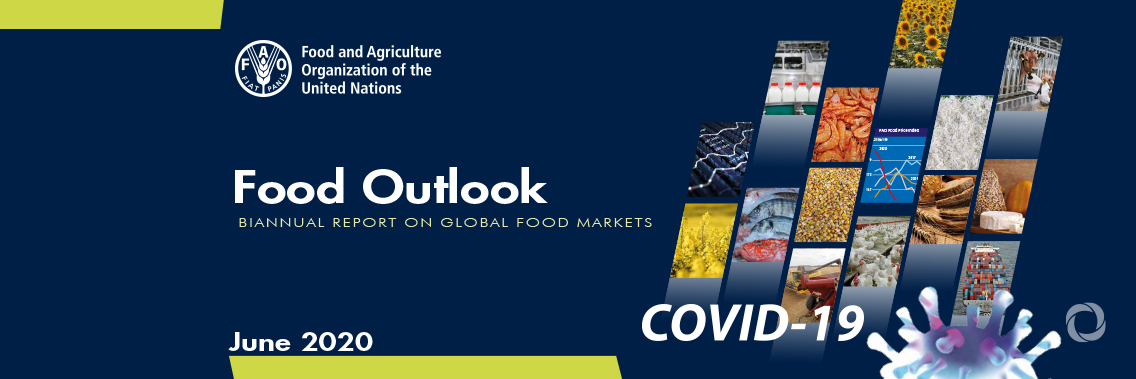Food markets will face many more months of uncertainty due to COVID-19, but the agri-food sector is likely to show more resilience to the pandemic crisis than other sectors, according to a new report released by the Food and Agriculture Organization of the United Nations (FAO).
The Food Outlook report provides the first forecasts for production and market trends in 2020-2021 for the world’s most traded food commodities – cereals, oilcrops, meat, dairy, fish, and sugar.
“The impacts of the COVID-19 pandemic have been felt – at varying degrees – across all food sectors assessed by FAO. Whilst COVID-19 has posed a serious threat to food security, overall, our analysis shows that from the global perspective, agricultural commodity markets are proving to be more resilient to the pandemic than many other sectors. That said, owing to the size of the challenge and the enormous uncertainties associated with it, the international community must remain vigilant and ready to react, if and when necessary,” said Boubaker Ben-Belhassen, Director of the FAO Trade and Markets Division.
The report has a special article that compares the current COVID-19 health crisis with the 2007-2009 crises, identifying differences and communalities across countries and food commodities, and examining the current and likely impacts of the pandemic, with a focus on international food markets.
It also provides an informative benchmark on how to return market functioning to normality, even if contagion rates remain unchecked.
The feature concludes that compared to the 2007-08 global food price crisis, the world is faring better now as global food production prospects are positive, stocks are high, international food prices are low and trade is broader-based with more importing and exporting countries. Furthermore, policy-makers are now more experienced in dealing with global crises, as well as better informed and prepared.
However, although, globally, there is enough food for everyone, the significant decline in economic growth due to the pandemic has translated into an issue of access to food, limiting people’s ability to get enough or nutritiously enough food, especially in countries already hit by hunger and other crises even before COVID-19.
Read the Food Outlook – Biannual Report on Global Food Markets.
Original source: FAO
Published on 11 June 2020

